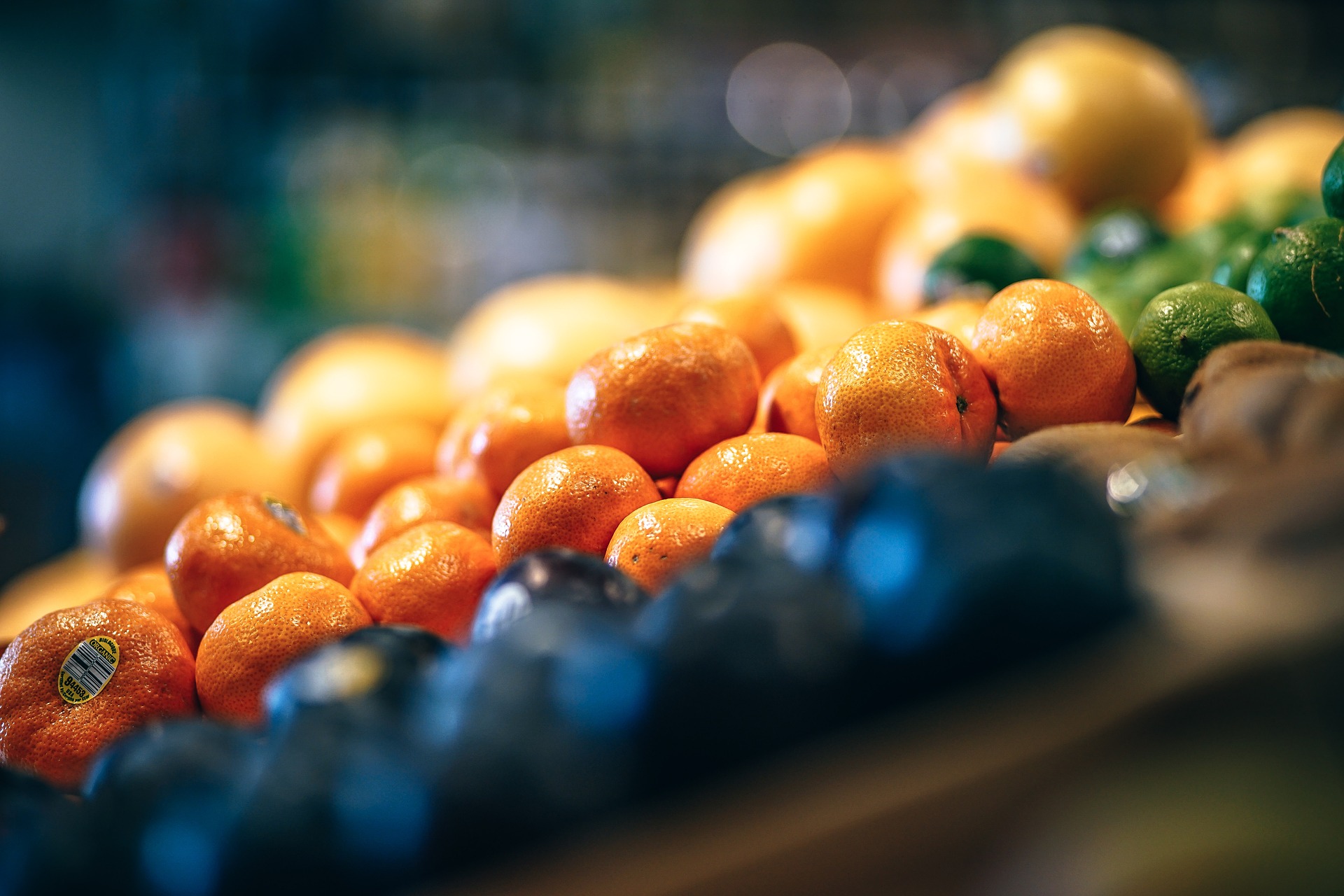
If there’s a service on this planet that saves me time and effort and frustration, color me interested.
Like most businessfolk (and like most parents), I’m constantly on the move, and I’m constantly looking for ways to move around a little less. Saving myself a trip to the store and having all my day-to-day items shipped to my house is probably one of the easiest ways I can put a couple hours back into my schedule each week.
Not long ago, when I was desperately casting about for a way to have some groceries delivered from Whole Foods (where I do about 80% of my food shopping), I came across the Instacart app and service. And life was good because, for just about everything else, there was Amazon – via app, web, and even Alexa.
Until – a mere $13.7 billion later – Amazon decided to mix things up a little and buy that very grocery chain.
This is a move that seems to be popularly unpopular.
Trepidation abounds
From what I’ve seen, the overwhelming knee-jerk reactions to this acquisition play right into the “evil corporation” stereotype.
There’s all this speculation and fear that Amazon will control Whole Foods prices, make life miserable for those who are not Prime members, put all smaller food delivery companies (e.g. Instacart) out of business, ruin the entire supermarket industry, and so on and so on.
In a way, these responses are reminiscent of those we’re seeing with the net neutrality debacle; the argument there is that if we give these huge Internet Service Providers even more power than they already have (and they have a ton), how could it possibly turn out well for lowly consumers like us?
While I sympathize with the net neutrality concerns, I’m not sure all the doom and gloom is justified in the case of this acquisition.
My take on the whole thing
It’s true that I’m right smack dab in Amazon’s target market; I love the convenience of having my groceries delivered, I love Whole Foods, and I love the idea that I can soon combine these two things I love into one thing I love even more.
But let’s try to look at this acquisition through a lens that is neither rose-colored nor tinted black.
The premise is that Amazon will use its muscle to make shopping at Whole Foods that much easier. Perhaps we won’t need to pay for a separate delivery service. Perhaps we will be able to order our local and organic produce through Alexa using our voices while staring at our refrigerator to see what we’re missing.
Are there real monetary and convenience improvements here for the average consumer? Health benefits, even?
Clearly Amazon has been trying to get into the grocery business for a little while now using Amazon Fresh – and reports on that have been mixed. And clearly consumers are crying out for home delivery of groceries as evidenced by a slew of startups just like Instacart – and even the re-invigoration of Giant’s Peapod service in our local area.
From my perspective, this seems like it could end up being a “win” for all involved: more good food gets distributed more easily to more people that need it, and everyone makes and saves money.
—

